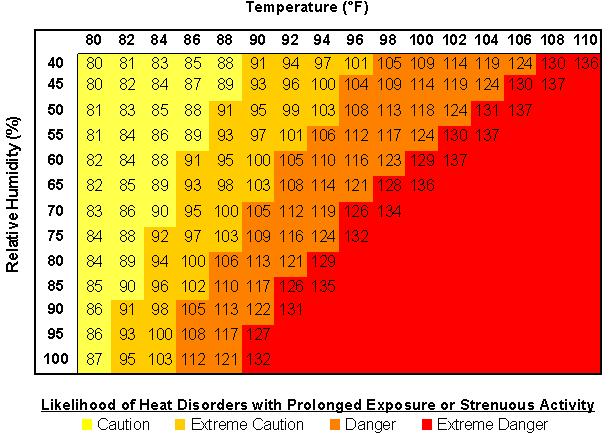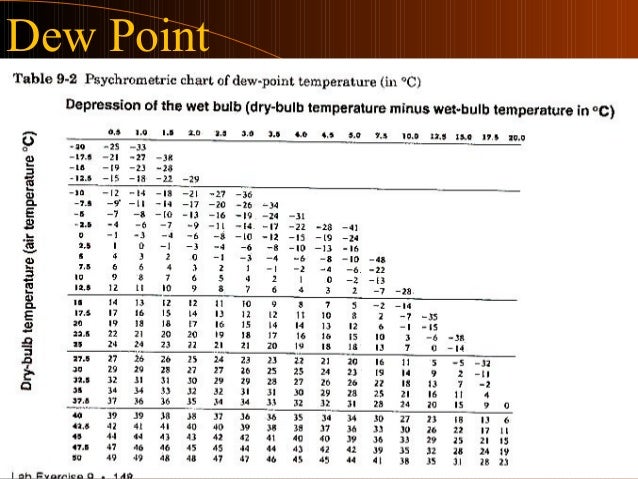

And the total amount of all these iceberg molecule’s thermal energies is greater than the pot’s molecule’s total thermal energy. The pot’s molecules are on average more energetic than the iceberg’s molecules, but the iceberg has substantially more molecules than the pot. Which that is partially true, but temperature is a measure of the average thermal energy of all molecules in a system. Probably the part that confuses people with a question like this is that a pot of boiling water is hotter than an iceberg and we associated high temperature with thermal energy. All pieces of matter, even very cold ones, have at least some thermal energy because they are in motion at the atomic scale and this is motion is thermal energy. If we compare an iceberg to a pot of boiling water, each of the molecules of both objects have their own amount of thermal energy. Thermal energy is the thing that object possess, but heat is a process that occurs between objects. Heat itself is the transfer of thermal energy from one object to another.

Thermal energy, the energy associated with an object’s temperature, is what people usually mean when they say heat. Heat isn’t something that objects possess. The specific heat capacity (also called specific heat), represented by the symbol c \text c c start text, c, end text or C \text C C start text, C, end text, is how much energy is needed to increase the temperature of one gram of a substance by 1 ∘ C 1~^ T final < T initial start text, T, end text, start subscript, start text, f, i, n, a, l, end text, end subscript, is less than, start text, T, end text, start subscript, start text, i, n, i, t, i, a, l, end text, end subscript. How do you calculate peak factor in wastewater The peak flow per household (qh, l/s) is given by equation 2.2 as: qh 1.8 × 10-5 P w 1.8 × 10-5 × 5 × 100 0.009 l/s per household. There are two main ways that heat capacity is reported. Peak factor is ratio of maximum flow at any time to average flow and depends on contributary population. The heat capacity tells us how much energy is needed to change the temperature of a given substance assuming that no phase changes are occurring. This is why chemists can use the melting point to help identify a pure substance − - − minus the temperature at which it melts is a property of the substance with no dependence on the mass of a sample. Temperature is also an intensive property, which means that the temperature doesn't change no matter how much of a substance you have (as long as it is all at the same temperature!). The water molecules in a cup of hot coffee have a higher average kinetic energy than the water molecules in a cup of iced tea, which also means they are moving at a higher velocity. Temperature is a measure of the average kinetic energy of the atoms or molecules in the system. Note that they have different units: temperature typically has units of degrees Celsius ( ∘ C ^\circ\text C ∘ C degrees, start text, C, end text ) or Kelvin ( K \text K K start text, K, end text ), and heat has units of energy, Joules ( J \text J J start text, J, end text ). Heat and temperature are two different but closely related concepts.


 0 kommentar(er)
0 kommentar(er)
